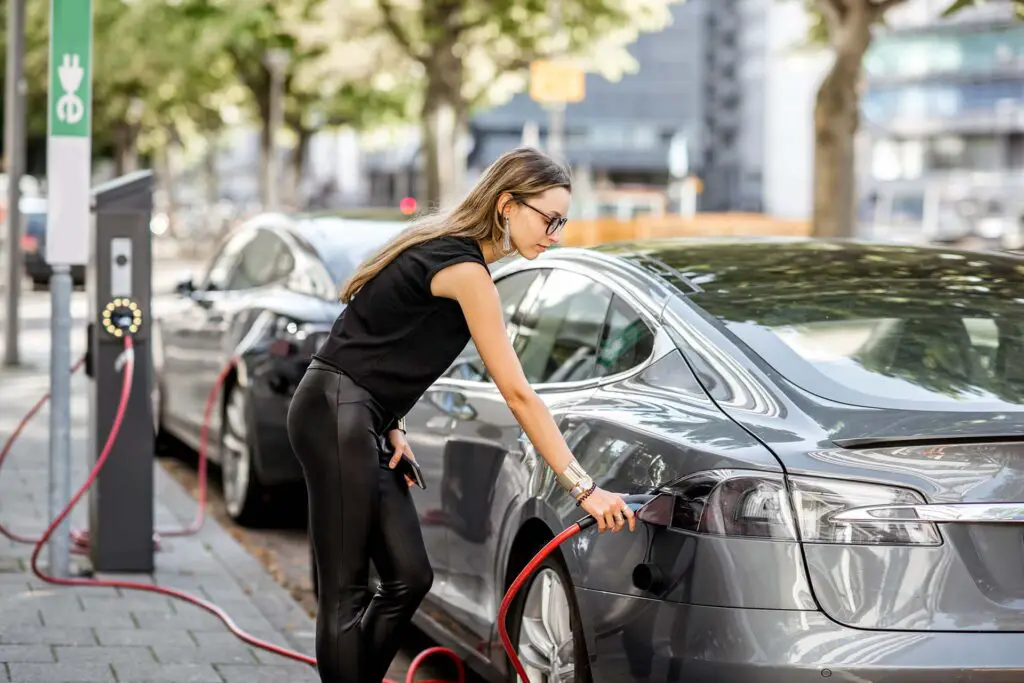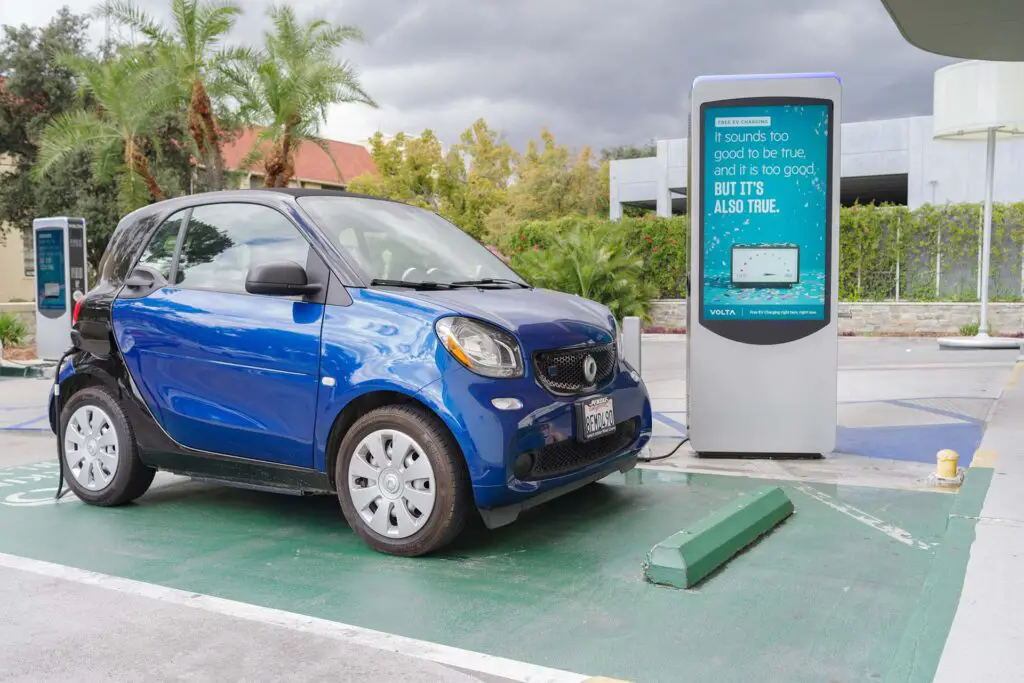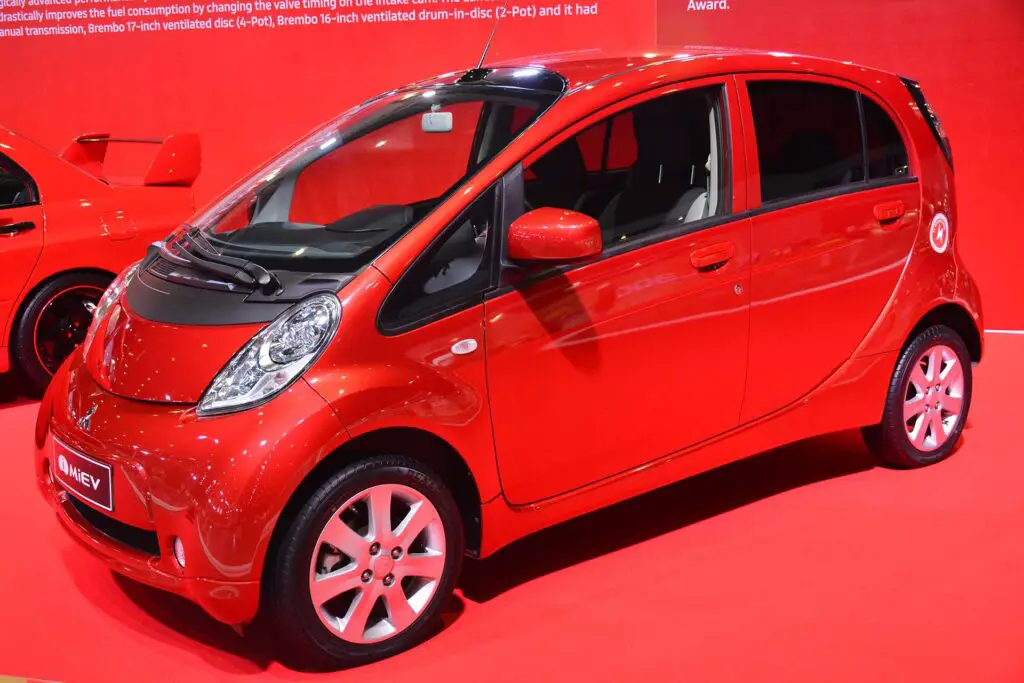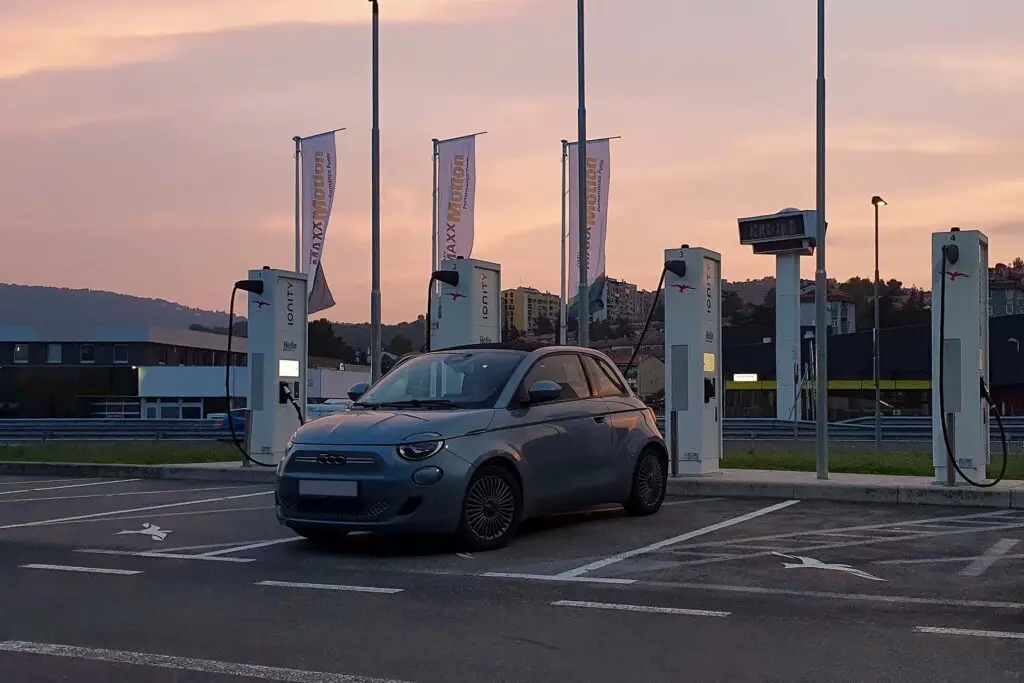In the rapidly evolving world of electric vehicles, discerning which models to invest in is crucial. This guide illuminates the key aspects of used electric cars to avoid, offering a roadmap for those navigating the pre-owned EV market. Join us as we delve into what makes a used electric vehicle a wise choice or a regrettable investment.
Which Electric Car Should I Buy – Explore the Possible Risks
In the quest for sustainable mobility, buying used electric vehicles (EVs) has become a popular choice. However, it’s essential to be aware of the risks involved. Used EVs may come with diminished battery capacity, leading to reduced EV battery lifespan and electric vehicle range issues. Understanding Battery health in used EVs is paramount, as battery replacement can be costly.
Furthermore, electric car maintenance for older models may be more challenging due to the availability of parts and software updates. This segment is crucial in a used electric car buying guide, helping buyers make informed decisions.
Key Factors to Consider When Buying Pre-Owned Electric Vehicles
When considering a pre-owned EV, several factors come into play. Battery degradation is the most significant concern, as it directly impacts the vehicle’s range and performance. Prospective buyers should also consider the availability of replacement parts, especially for older or less popular models.
Software updates are another critical aspect, as they can affect the functionality and security of the vehicle. These factors collectively determine used EV reliability and should be carefully evaluated.
Shopping for a used EV or truck is a lot like shopping for any other second-hand vehicle. Does it fit your income and the way you live? Does it work and feel good? However, EV shoppers should have the following models on their minds and try to avoid them. Here’s why.

The 2019 Smart EQ Fortwo Has a Limited Driving Range
The 2019 Smart EQ Fortwo, available in both Coupe and Cabrio models, epitomizes the challenges of ultra-compact EVs. Despite its late entry into the market, the Smart EQ Fortwo’s offering was overshadowed by a significantly limited driving range of just 58 miles. This range is notably inferior compared to other EVs in the market, which have progressively extended their range capabilities.
Pros and Cons of Smart EQ Fortwo
Powered by a 3-phase single electric motor that generates 80 hp and 118 lb-ft of torque, the Smart EQ Fortwo is adequate for quick urban trips. However, its restricted range limits its practicality for anything beyond short commutes. Its charging time is relatively efficient, taking about 3 hours at 240 volts, but this does little to offset its range shortcomings.
The diminutive size of the EQ Fortwo is a double-edged sword. While it offers the convenience of fitting into tight parking spaces, the safety concerns are high. Additionally, the limited interior space, despite being surprisingly accommodating for taller drivers, may not be suitable for everyone’s needs.
Evaluating the 2019 Smart EQ Fortwo – Compactness vs. Practicality
When considering the Smart EQ Fortwo at a used car dealership, it’s important to weigh its compact convenience against its limited range and safety considerations. For those seeking an EV for more than just the shortest of urban jaunts, the 2019 Smart EQ Fortwo might not be the best choice.

2017 Mitsubishi i-MiEV Couldn’t Keep Up With the Fast-Growing EV Market
The 2017 Mitsubishi i-MiEV marked the end of the line for this compact EV, a conclusion that reflected its inability to keep pace with the evolving demands of the EV market. Its tiny stature, limited driving range of just 62 miles, and a notably sparse interior contributed to its dwindling appeal in a sector increasingly favoring longer-range options. The i-MiEV’s single electric motor, offering a power output of only 66 hp and 145 lb-ft of torque, underscores its positioning as a very basic EV option.
With a charging time of around 6 hours at 240 volts, the i-MiEV doesn’t stand out in terms of convenience or efficiency, especially when compared to other EVs and plug-in hybrids like the Chevrolet Volt, which offers a better range. The vehicle’s small size might be a boon in crowded urban environments, where maneuvering into tight parking spots is a daily challenge. But this advantage is overshadowed by its limitations.
Assessing the Value Proposition of the 2017 Mitsubishi i-MiEV
The low cost of the Mitsubishi i-MiEV may be its most attractive feature, positioning it as an affordable entry point into the world of EVs. Its diminutive and somewhat charming appearance might appeal to those looking for a basic, no-frills EV.
However, its shortcomings – notably the inadequate driving range, limited seating for only four passengers, and a bare-bones interior – are significant drawbacks. These factors make the 2017 Mitsubishi i-MiEV a less desirable choice for those seeking a four-wheeler that offers functionality and value. For buyers prioritizing range, comfort, and overall EV experience, walking away from a used i-MiEV might be the best course of action.

2015 Volkswagen e-Golf Has Much More Modest Power Output Than Other Models
The 2015 Volkswagen e-Golf, an electrified VW Golf variant, fell short of becoming a market leader like the Nissan Leaf. Its single motor offers 115 hp and 199 lb-ft of torque, with an 83-mile range suitable for city commutes but limiting for longer trips. Charging takes about 4 hours at 240 volts, ideal for overnight charging. However, its acceleration doesn’t match expectations, and its high initial price made it less appealing in its class.
On a positive note, the 2015 e-Golf boasts quality cabin materials, great ride quality, and a quiet experience. The low battery placement enhances grip and handling, improving the driving experience.
Weighing the Pros and Cons of the 2015 Volkswagen e-Golf
Nevertheless, the e-Golf’s drawbacks, notably the low power leading to slow acceleration and a sluggish navigation system, are significant. These aspects, combined with the high price of its class, place the 2015 Volkswagen e-Golf in the category of used electric cars to avoid for those seeking a more well-rounded and dynamic electric driving experience. The e-Golf serves as a reminder of the rapid evolution in the EV sector and the increasing expectations of buyers regarding performance, range, and value.

2019 Fiat 500e Has Limited Distance Capabilities
The 2019 Fiat 500e blends Italian style with electric mobility, offering a stylish yet limited option. It boasts an 84-mile range, powered by a single motor with 111 hp and 147 lb-ft of torque, suitable for city driving. Charging is quick, taking just over 3 hours with a 240-volt source, adding practicality to its range constraints. However, its appeal primarily lies in design rather than performance or utility.
Despite lower maintenance costs, the Fiat 500e has a small, cramped interior and lacks advanced safety features, limiting its appeal. The short driving range may not meet the needs of those seeking more versatility in their vehicle.
With the 2019 Fiat 500e, You Get Style Over Substance in the EV World
In essence, the 2019 Fiat 500e is a car that captures attention with its appearance and the novelty of being an EV. However, when it comes to practicality and overall functionality, it may not be the best choice. Ideal for those who prioritize style and have minimal space and range requirements, the Fiat 500e is more of a statement piece than a versatile EV solution.

2016 Nissan Leaf Is Ideal for Urban and Only Urban Driving
The 2016 Nissan Leaf, a pioneer in EV technology, offers a modest driving range of 84 miles and a power output of 107 hp and 187 lb-ft of torque. Ideal for city dwellers with short daily commutes, this model’s range and small hatchback design may not suit those with longer travel needs or who require more space. Charging is straightforward, taking about 8 hours on a 240-volt source, but its limited range could be a drawback for more versatile use.
Balancing Advantages and Limitations of the 2016 Nissan Leaf
On the plus side, the Nissan Leaf offers a sophisticated interior and the appeal of zero emissions, aligning with the growing demand for environmentally friendly transportation options. Its size and efficiency make it an excellent choice for city-based individuals who prioritize eco-conscious living and short daily commutes.
However, for those needing a more powerful or spacious vehicle, especially for longer distances, the 2016 Nissan Leaf might not be the most suitable option. It serves as a reminder in the market of used four-wheelers to carefully consider individual lifestyle needs and driving habits when determining which electric car to buy.

Understand the Importance of a Pre-Purchase Inspection
Conducting a thorough pre-purchase inspection is essential when buying a used EV. This inspection should cover Electric vehicle inspection tips, focusing on the battery’s health, mechanical components, and software updates. A comprehensive inspection helps ensure the vehicle is in good condition and reduces the risk of future expenses.
How to Assess Battery Health and Overall Condition?
In the first five years, batteries can lose between 5 and 10 percent of their power. This means you need to do the battery diagnostic before buying the EV. It can be done through diagnostic tests that reveal the battery’s charge capacity and health. Inspecting for any signs of damage or wear and understanding the vehicle’s maintenance history also provides insights into its condition and potential longevity.
Check Out Some of the Best Used Electric Cars as Alternatives
When seeking viable second-hand electric car models, four-wheelers the Hyundai Ioniq, Vauxhall Corsa-e, and the Tesla Model S (Mk1) stand out for their blend of affordability, efficiency, and features. These vehicles provide a more satisfactory range and driving experience and are equipped with modern amenities and conveniences. Here’s a table with some of the most important specifications.
| Model | Hyundai Ioniq | Vauxhall Corsa-e | Tesla Model S |
| Price range | $11,500 | $12,700 | $20,000 |
| Battery capacity | 28 kWh | 50 kWh | 60 kWh |
| Claimed range | 174 miles | 200 miles | At least 250 miles |
Make a Wise Choice and Be Sure What Used Electric Cars to Avoid
While the allure of owning an EV is strong, navigating the used EV market requires careful consideration and research. So, conduct thorough due diligence, including battery health checks, pre-purchase inspections, and a deep dive into vehicle histories to ensure a satisfying and future-proof EV purchase. Remember, the right used eco-friendly four-wheeler can offer not only environmental benefits but also a joyful and economical driving experience when chosen wisely.
Frequently Asked Questions About Used Cars
How Can I Check the Battery Health of a Used Electric Car?
To check the battery health of your four-wheeler, use diagnostic tools or have a professional inspection. Look for capacity loss or unusual charging behavior.
Are Older Electric Car Models Less Reliable Than Newer Ones?
Due to technological advancements and improvements in battery life and range, older EV models may be less reliable than newer ones.
Can Software Updates Improve the Performance of Used EVS?
Software updates can enhance the performance of used EVs by improving efficiency, adding features, and fixing issues. Keep your vehicle up-to-date.
How Does Range Degradation Impact the Value of a Used Electric Car?
Range degradation can impact the value of a second-hand vehicle, leading to lower resale prices. Be aware of a car’s expected range over time.
Is It Worth Buying an Extended Warranty for a Used Electric Vehicle?
Buying an extended warranty for a used EV can provide peace of mind and financial security in case of unexpected repairs. Evaluate your needs and budget to decide if it’s worth it.








